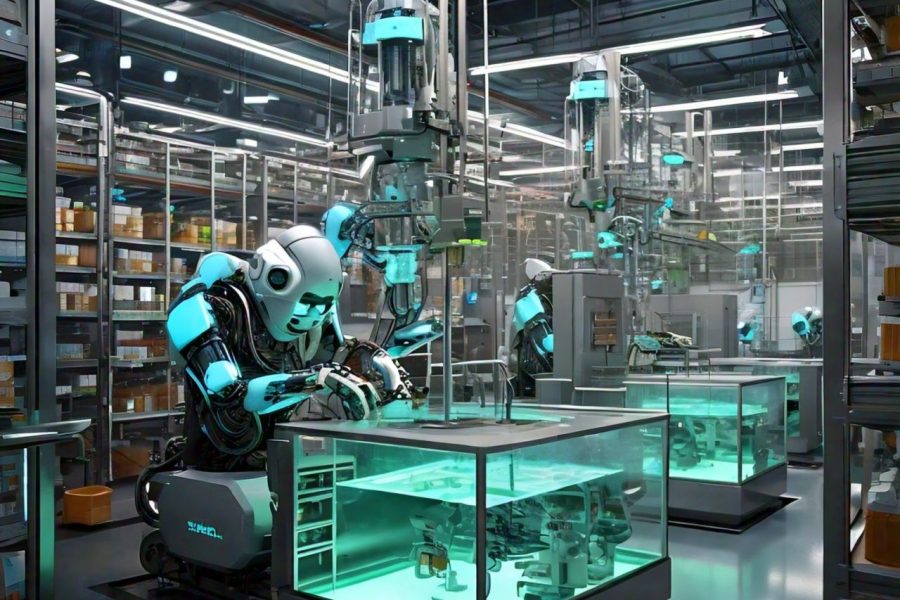In the early days of software development, best practice involved integrating all software into what is known as a monolithic application. However, monolithic applications require additional efforts to respond to system changes. If one part creates a fault, the whole system is affected.
Nowadays, we can solve this problem by using microservices, which allows us to build our applications separately. A defect in one component will not affect the functionality of the entire software product.
In this article, we’ll explore microservices, learn how to implement a Node.js microservice, and discuss how microservices are changing software development practices. Let’s get started!
To follow this article, you will need the following:
Node.js is installed on your computer
Basic knowledge of Javascript and Node.js
A monolithic application is a single-level application that consists of all components as a single unit.
Imagine building a library management system with all resources, such as books and users, and their services and databases connected in one unit. A fault in one of the components will require the entire system to be shut down to correct the error.
For this reason, monolithic applications are not flexible or easily scalable; you can’t build plans all at once or work in progress. Although monolithic applications are inexpensive to maintain, they are expensive to build. Therefore, developers understand the importance of creating a system in which a bad part will not affect the entire software system.
Microservices became important because of the limitations of the monolithic software development model. In a microservice, each software application is isolated from the others, often with their servers and databases. Applications built using this type of architecture are not interconnected, and are called distributed applications.

Imagine we are building an e-commerce store. We will need templates for checkout, shipping, customer, admin, and checkout features. Each of these plans will have separate servers and databases. Our e-commerce microservices will communicate with each other using REST APIs. Because we will be developing our store services independently, if our system makes a mistake, we can quickly identify the service to delete and avoid closing the entire application.
Unlike monolithic applications, applications built using microservices are scalable. You can use any programming language to create a microservice; In fact, you can use different languages to create different functions in a microservice application. In general, microservices provide a better development experience. A new developer joining the team won’t have to understand the entire codebase, just the features they work on, increasing overall productivity. Finally, unit testing and microservices are supported; you can write one test to test one feature.
It is important to note that creating a microservice requires expertise, because integration and end-to-end testing can be difficult. In addition, microservices can be very heavy, leading to high maintenance costs. Finally, it is not always easy to migrate software developed using a monolithic architecture to a microservice, and it can be difficult to quickly find themselves in a complex network.
There are different types of microservices based on their functionality and purpose in the overall architecture of an application. Here are some common types of microservices:
- Data microservices: These microservices are responsible for managing data and database interactions. They can handle tasks such as CRUD operations, data validation, and indexing.
- Business logic microservices: These microservices contain the business logic of an application. They can handle tasks such as processing user input, executing complex algorithms, and managing workflows.
- API gateway microservices: These microservices act as a gateway between external clients and the internal microservices. They handle tasks such as authentication, routing, and load balancing.
- Integration microservices: These microservices are responsible for integrating with external services and APIs. They can handle tasks such as data transformation, protocol conversion, and message routing.
- Infrastructure microservices: These microservices are responsible for managing the infrastructure of an application. They can handle tasks such as container orchestration, service discovery, and configuration management.
- Testing microservices: These microservices are responsible for testing the application. They can handle tasks such as unit testing, integration testing, and performance testing.
By categorizing microservices based on their functionality, it becomes easier to design, develop, and maintain microservices in a distributed architecture.
Developing microservices using Node.js is a popular choice for building scalable and efficient applications. Here are the steps you can follow to develop microservices using Node.js:
- Break down the application into smaller services: The first step is to identify the different components of the application and break them down into smaller services. Each service should have a clear and specific purpose.
- Choose a framework: Node.js has several frameworks that can be used for developing microservices, such as Express, Hapi, and Koa. Choose a framework that suits your project requirements.
- Define APIs: Define APIs for each service, including the request and response format.
- Implement services: Implement each service using the chosen framework, and ensure that each service can communicate with the other services.
- Containerize services: Containerize each service using Docker to ensure that each service runs independently and can be deployed easily.
- Orchestrate services: Use an orchestration tool like Kubernetes to manage the deployment and scaling of the services.
- Implement security measures: Implement security measures such as access control, authentication, and encryption to ensure that the microservices are secure.
- Test and monitor services: Test each service thoroughly and monitor the performance and health of the services regularly.
By following these steps, you can develop microservices using Node.js that are scalable, efficient, and secure.







